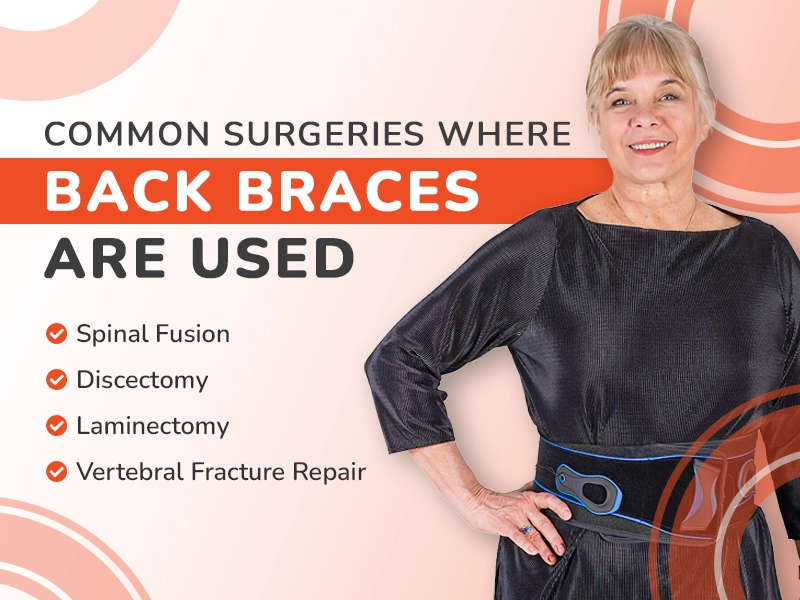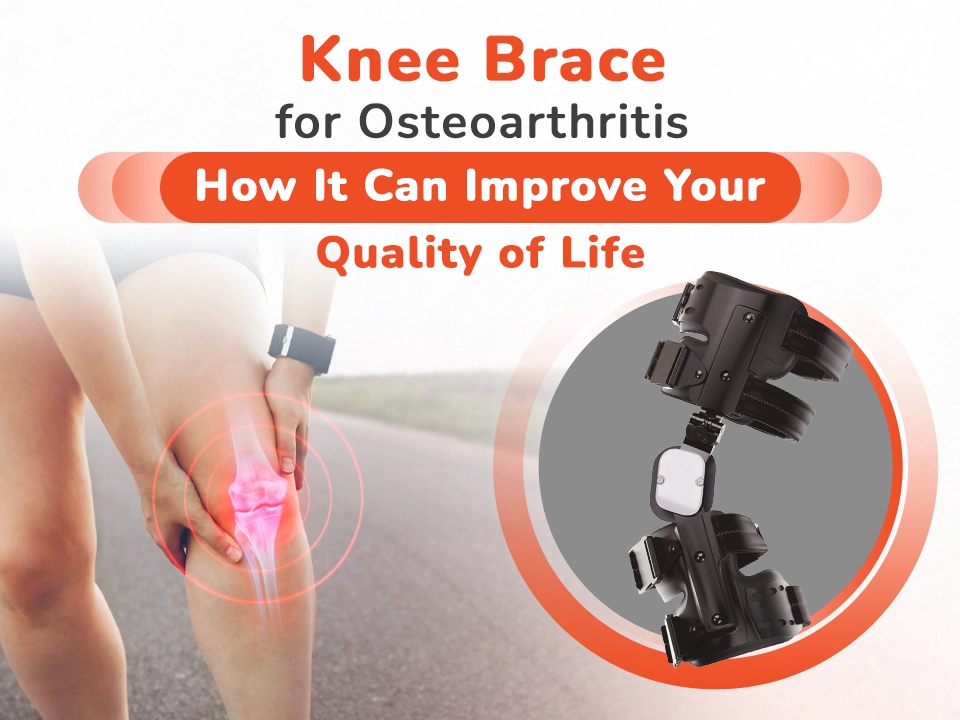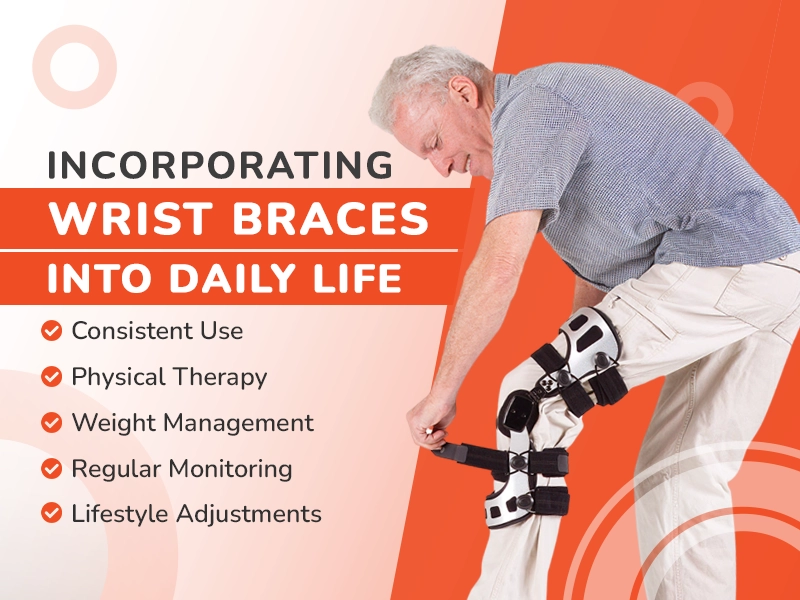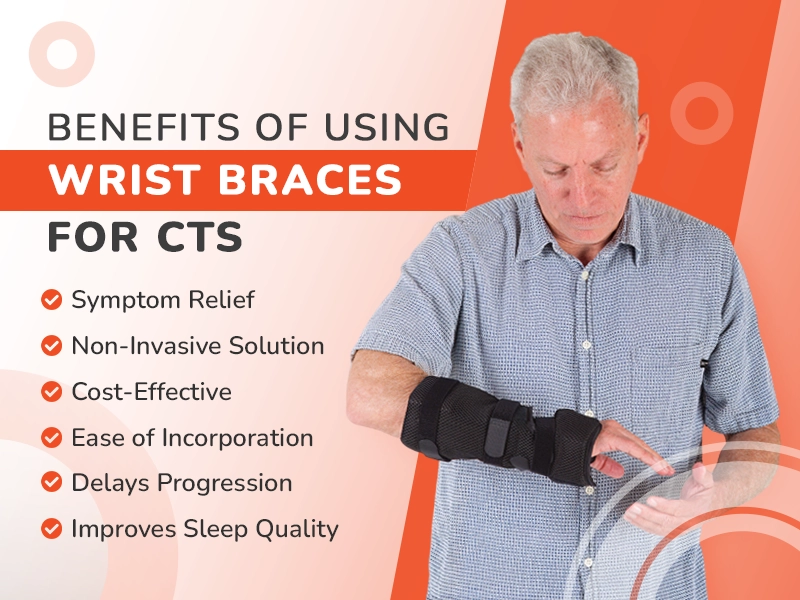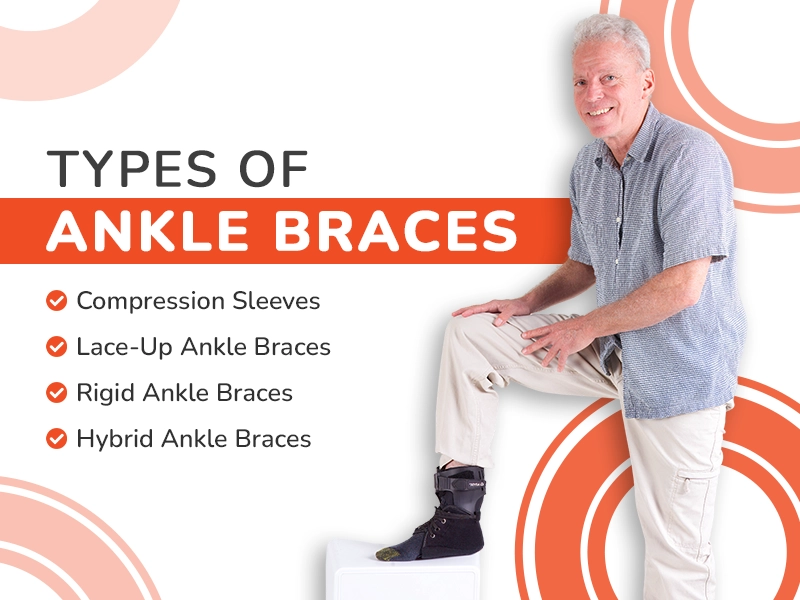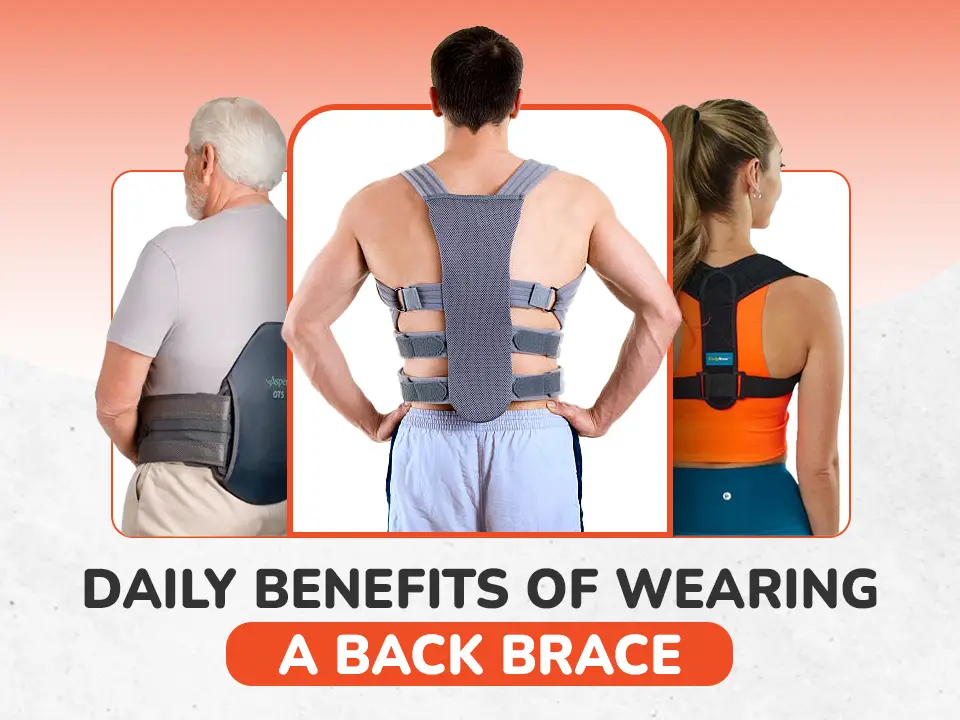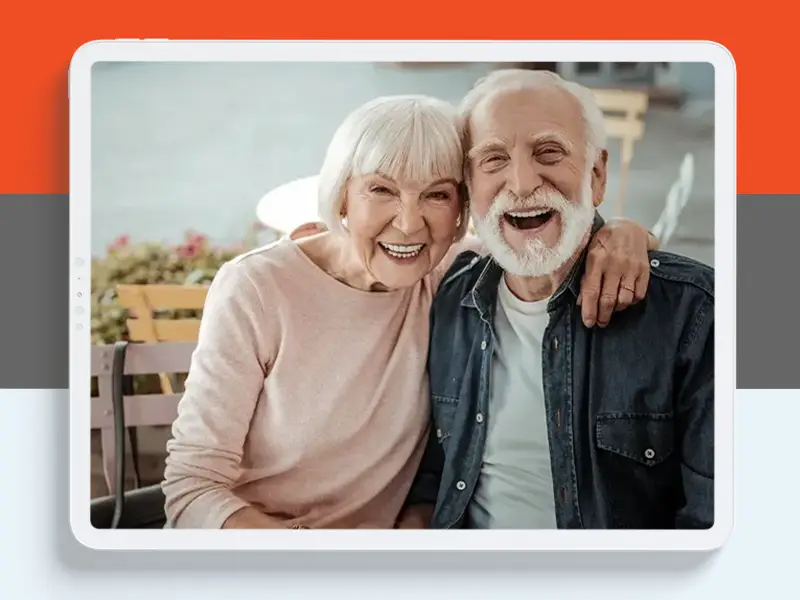The Benefits of Leg Compression Therapy for Post-Surgery Recovery
Recovering from surgery often involves addressing multiple challenges, including pain management, swelling reduction, and the prevention of complications. Leg compression therapy is a proven, non-invasive treatment that offers effective solutions for these challenges. By improving blood flow, reducing inflammation, and supporting tissue repair, this therapy helps patients recover more quickly and regain their mobility. Whether recovering from orthopedic surgery, vascular procedures, or general surgery, leg compression therapy provides tailored benefits for diverse recovery needs.
In this article, we’ll delve into the science and benefits of leg compression therapy, showcasing how it aids recovery. Heal Medical Supply offers top-quality compression devices to ensure a smooth and effective healing journey.
What Is Leg Compression Therapy?
Leg compression therapy is a medical technique that uses specialized devices to apply consistent or intermittent pressure to the legs. These devices, including compression sleeves and pneumatic boots, help stimulate circulation, reduce swelling, and promote overall healing. The method is frequently recommended for patients recovering from surgeries that impact circulation or mobility, such as joint replacements, vascular procedures, or abdominal surgeries.
How Does It Work?
- Improves Circulation: Compression devices gently squeeze the legs, mimicking the natural muscle contractions that occur during movement. This action ensures that blood flows back to the heart, preventing pooling in the lower extremities and reducing the risk of blood clots.
- Reduces Swelling: Swelling caused by fluid buildup around the surgical site is a common post-surgical issue. Compression therapy minimizes this fluid accumulation, providing relief and reducing inflammation.
- Supports Healing: By promoting efficient circulation, compression devices deliver oxygen and vital nutrients to damaged tissues. This increased supply enhances cell repair and accelerates overall healing.
- Prevents Complications: Stagnant blood flow post-surgery can lead to serious complications like deep vein thrombosis (DVT). Compression therapy ensures continuous blood movement, mitigating this risk effectively.
Benefits of Leg Compression Therapy in Post-Surgical Recovery
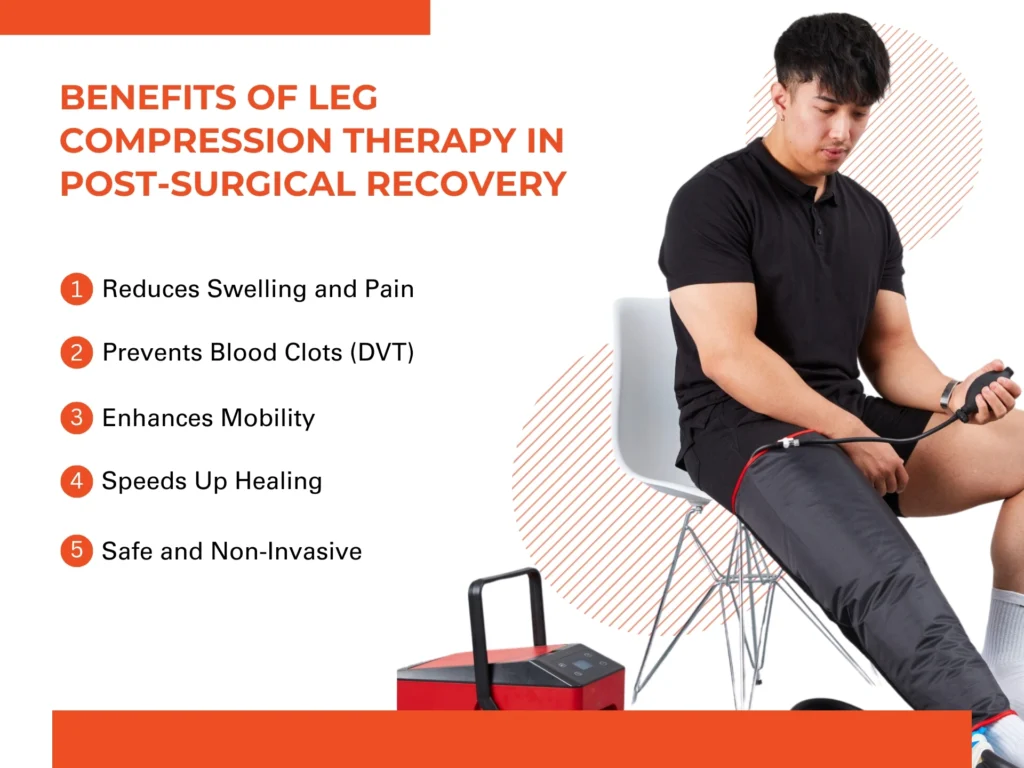
Leg compression therapy offers a range of benefits that address common post-surgical concerns:
1. Reduces Swelling and Pain
Post-surgical inflammation can lead to significant swelling, limiting mobility and causing discomfort. Compression therapy works to reduce this swelling by pushing excess fluid away from the affected area, alleviating tension and pain around the surgical site. As a result, patients often experience a faster return to comfortable movement.
2. Prevents Blood Clots (DVT)
Patients recovering from surgery face an elevated risk of deep vein thrombosis (DVT), particularly during periods of reduced mobility. DVT can lead to severe complications, including pulmonary embolism, if left untreated. Leg compression therapy effectively promotes blood flow, preventing clot formation and ensuring vascular health.
3. Enhances Mobility
Restoring movement after surgery is critical for preventing muscle stiffness and joint immobility. By reducing pain and swelling, compression therapy enables patients to begin light physical activity sooner, improving muscle strength and flexibility as part of their recovery.
4. Speeds Up Healing
Healing tissues require a steady supply of oxygen and nutrients, which are delivered through the bloodstream. Compression devices optimize this delivery, accelerating tissue repair and minimizing the risk of post-surgical infections.
5. Safe and Non-Invasive
For patients looking for drug-free recovery options, leg compression therapy offers a non-invasive and low-risk solution. It complements other recovery methods without the side effects associated with medications or invasive treatments, making it accessible to a broad range of patients.
Additional Benefits of Compression Therapy
- Convenience: Most devices are portable and easy to use, allowing patients to continue treatment at home.
- Customizable Options: Devices offer adjustable settings for personalized pressure levels, catering to different recovery needs.
- Versatility: Compression therapy is suitable for patients with various surgical backgrounds, including joint replacement, abdominal surgery, or varicose vein procedures.
Conditions and Surgeries That Benefit from Compression Therapy
Leg compression therapy offers significant advantages for a wide range of surgical and medical conditions. It is especially beneficial for patients recovering from:
- Orthopedic Surgeries: Procedures like knee replacements, hip replacements, and ACL repairs often lead to swelling and reduced mobility. Compression therapy helps manage post-surgical inflammation, alleviates pain, and promotes faster healing.
- Vascular Surgeries: Surgeries like varicose vein treatments or arterial bypasses can impact blood flow. Compression therapy minimizes the risk of complications like deep vein thrombosis (DVT) and accelerates recovery by promoting healthy circulation.
- General Surgeries: Abdominal or pelvic procedures often require extended bed rest, which increases the risk of swelling and blood clots. Compression therapy reduces these risks by encouraging continuous blood flow, even during periods of immobility.
- Chronic Conditions: Patients with lymphedema, venous insufficiency, or chronic swelling can also benefit from regular compression therapy to manage symptoms and prevent worsening conditions.
Types of Compression Devices
Choosing the right compression device is essential for achieving optimal results. Each type of device is designed to address specific recovery needs and levels of support:
1. Compression Stockings
- Ideal for mild swelling, post-surgical prevention, or chronic conditions like varicose veins.
- Provides graduated pressure, which is highest at the ankle and decreases as it moves up the leg.
- Discreet and comfortable for daily use, especially for patients who need long-term support.
2. Pneumatic Compression Devices
- These advanced devices use intermittent air pressure to massage the legs and improve circulation.
- Commonly recommended for high-risk patients recovering from major surgeries to prevent blood clots and reduce swelling.
- Often used in hospitals but increasingly available for home use.
3. Adjustable Compression Wraps
- Highly versatile, these wraps offer targeted compression and can be customized for varying levels of support.
- Ideal for patients recovering from surgery who need flexibility in managing swelling and inflammation.
- Easy to apply and adjust, making them suitable for individuals with limited dexterity.
4. Compression Sleeves
- Lightweight and breathable, sleeves provide consistent compression for mild to moderate swelling.
- Excellent for patients engaging in light physical activity or needing ongoing support during the later stages of recovery.
- A popular choice for combining comfort with effectiveness.
How to Use Leg Compression Therapy Effectively?
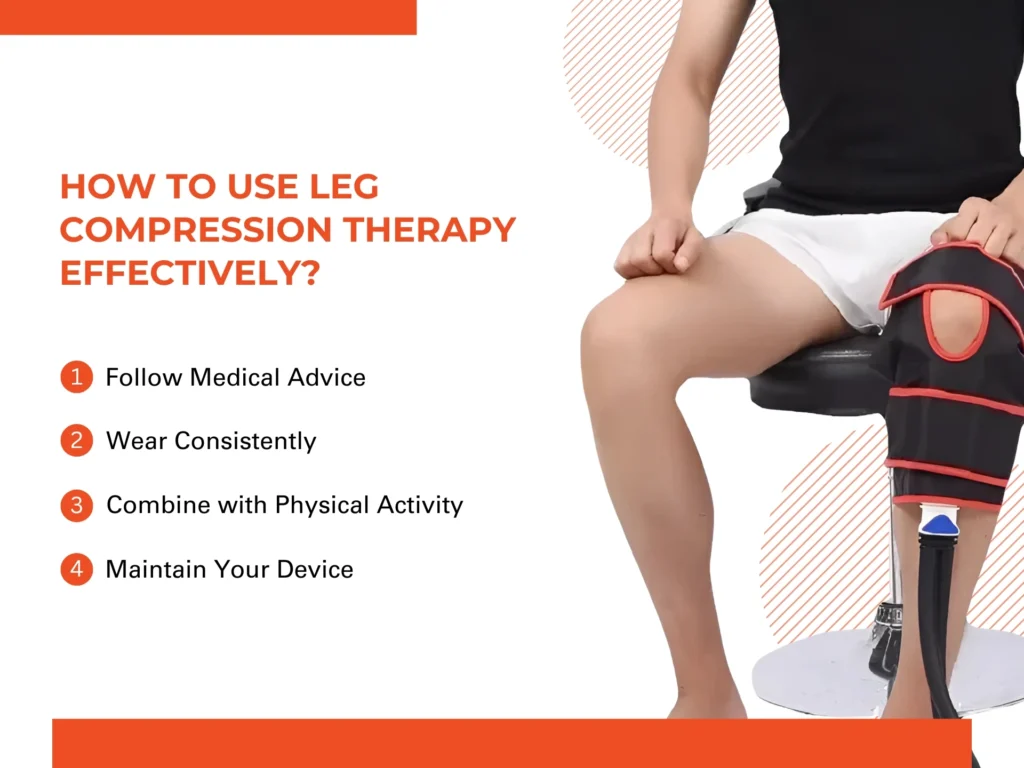
Maximizing the benefits of leg compression therapy requires adherence to proper usage guidelines and regular maintenance of the device:
1. Follow Medical Advice
- Always adhere to the instructions provided by your healthcare provider or surgeon.
- Ensure the recommended pressure settings and duration of use are precisely followed to avoid complications or reduced effectiveness.
2. Wear Consistently
- Consistent use is crucial, particularly during periods of immobility, such as sitting or lying down for extended durations.
- Wear your compression device as prescribed, which may include specific hours during the day or overnight usage in some cases.
3. Combine with Physical Activity
- Engage in light, doctor-approved exercises, such as walking or stretching, to complement the benefits of compression therapy.
- Movement enhances circulation, further reducing swelling and promoting faster recovery.
4. Maintain Your Device
- Clean your compression device regularly to maintain hygiene and prevent skin irritation.
- Inspect for wear and tear, ensuring the device remains fully functional and effective.
- Replace worn-out devices promptly to ensure consistent support and benefits.
Read More: Orthopedic Devices and Mobility Aids: Enhancing Quality of Life with Medicare
Why Choose Heal Medical Supply for Compression Therapy?
At Heal Medical Supply, we are dedicated to supporting your recovery with high-quality compression devices designed to enhance healing and improve mobility. We understand the challenges of post-surgical recovery and provide solutions that prioritize both comfort and effectiveness.
What We Offer
- Wide Range of Devices: Whether you need compression stockings for mild swelling or advanced pneumatic compression systems for intensive therapy, we offer a comprehensive selection to meet diverse recovery needs. Our products are sourced from trusted manufacturers, ensuring durability and effectiveness.
- Expert Guidance: Navigating the world of compression therapy can be overwhelming, but our knowledgeable team is here to help. We assist you in selecting the right device based on your medical condition, lifestyle, and recovery goals, ensuring optimal results.
- Insurance Assistance: Dealing with insurance claims can be complex, but we simplify the process for you. Our team works closely with Medicare and private insurers to help you secure coverage for your compression devices, reducing out-of-pocket expenses and saving you time.
- Customer Support: Recovery doesn’t end with purchasing a device. We offer ongoing support to help you maximize the benefits of your compression therapy. Whether you have questions about usage, maintenance, or adjustments, our team is always available to provide guidance.
Conclusion
Leg compression therapy is a proven and effective method for managing post-surgical recovery, offering numerous benefits such as reduced swelling, prevention of blood clots, and faster healing. By incorporating compression therapy into your recovery plan, you can enjoy improved mobility, comfort, and overall well-being.
At Heal Medical Supply, we’re committed to making your recovery journey as smooth as possible. With our extensive range of high-quality compression devices, expert guidance, and dedicated customer support, you can confidently take the next step toward healing.
Explore our solutions today and discover the difference that personalized care and superior products can make. Contact Heal Medical Supply now for tailored recommendations and start your journey to recovery with confidence.



